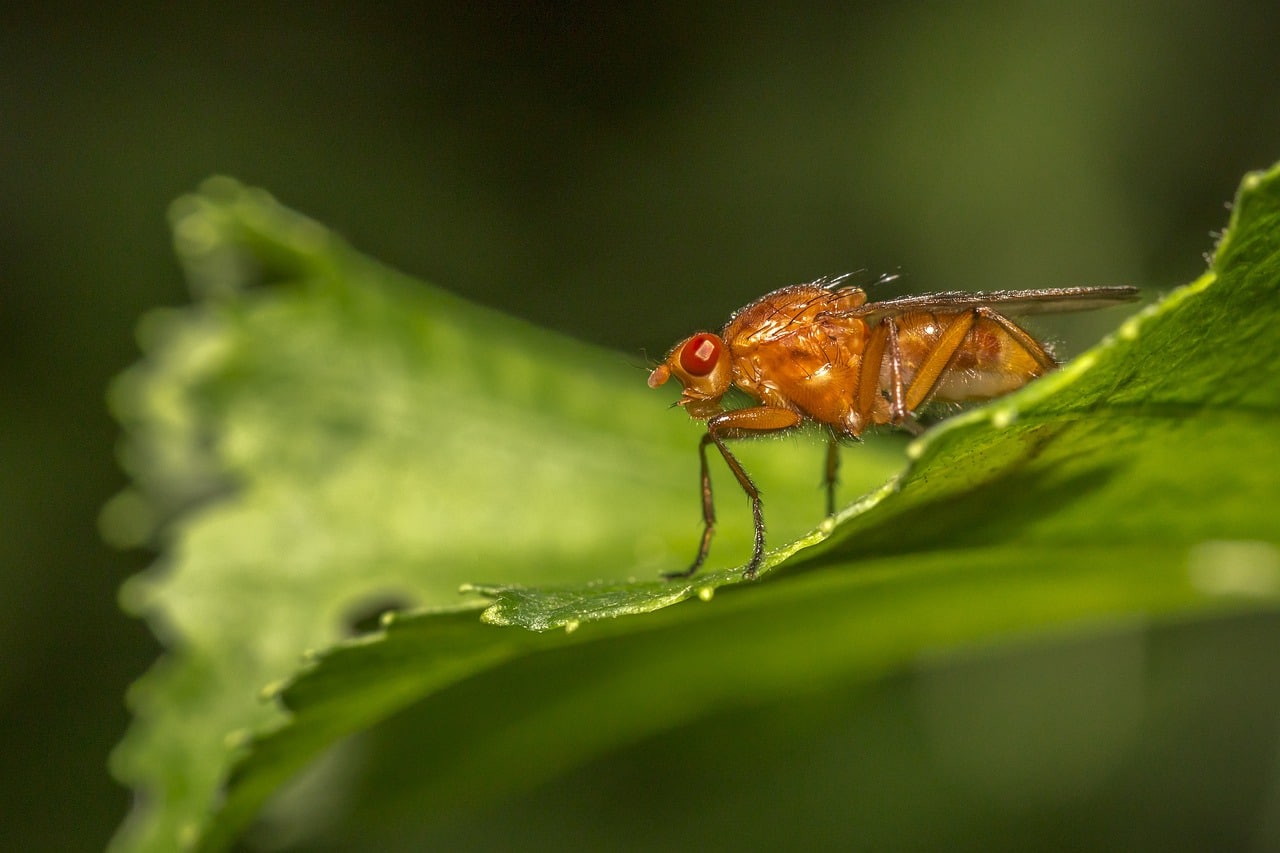Researchers from North Carolina State University (NC State) have created a “homing gene drive system” using CRISPR/Cas9 that can be used to decrease populations of Drosophila suzukii vinegar flies or “spotted-wing Drosophila” according to a release. These flies cause damage to soft-skinned fruit in North America, Europe and parts of South America.
The research team created dual CRISPR gene drive systems that target the D. suzukii gene called doublesex. This gene is critical for sexual development in the flies. CRISPR (clustered regularly interspaced short palindromic repeats) systems are from bacterial immune systems which can recognize and destroy viruses and are being used to develop solutions to human, plant, animal health issues and beyond. Cas9 uses an enzyme that acts like molecular scissors to cut DNA.
Max Scott, an entomologist from NC State and corresponding author of a paper in Proceedings of the National Academy of Sciences that describes the research said by targeting the doublesex gene, the female flies end up sterile in many experiments and they are unable to lay eggs.
“This is the first so-called homing gene drive in an agricultural pest that potentially could be used for suppression,” said Scott.
Gene drives can change, select, or delete certain traits and push those edits into future generation. According to the release, this can result in a “sometimes far greater than 50% chance of passing those changes to progeny.”
“Gene drive means biased inheritance,” said Scott.
NC State researchers used fluorescent red protein to indicate the presence of the CRISPR/Cas9 genetic change in the fly’s genome. The release shared, “the gene drive systems transmitted that fluorescent protein to 94-99% of progeny, the paper reports.”
The researchers also utilized mathematical modeling to predict the gene drive system efficacy was in suppressing a given D. suzukii population in the laboratory. The lab modeling showed that by releasing one modified fly for every four “wild” flies, the fly population decreased within eight to 10 generations.
“Because doublesex is such a conserved gene required for female development in so many fly species, I think the homing gene drive strategy could be used for other pests,” said Scott.
Scott and fellow research collaborators showed success in suppressing D. suzukii populations using a strain that produces only males. The also used a similar method to reduce lab populations of the New World screwworm fly.
The next steps in the experiment include contained trial experiments in NC State greenhouse cages.
“We’re doing small population cage suppression experiments. We’re hoping to learn if repeated fly releases with a 1:4 ratio will suppress fly populations in a cage like the modeling suggests,” said Scott.
“Amarish K. Yadav, an NC State postdoctoral researcher and lead author, Cole Butler, Akihiko Yamamoto, Anandrao A. Patil and Alun L. Lloyd co-authored the paper. The research was supported by Biotechnology Risk Assessment Research program grants 2016-33522-25625, 2020-33522-32317 and 2021-33522-35341 from the U.S. Department of Agriculture’s National Institute of Food and Agriculture,” according to the release.










